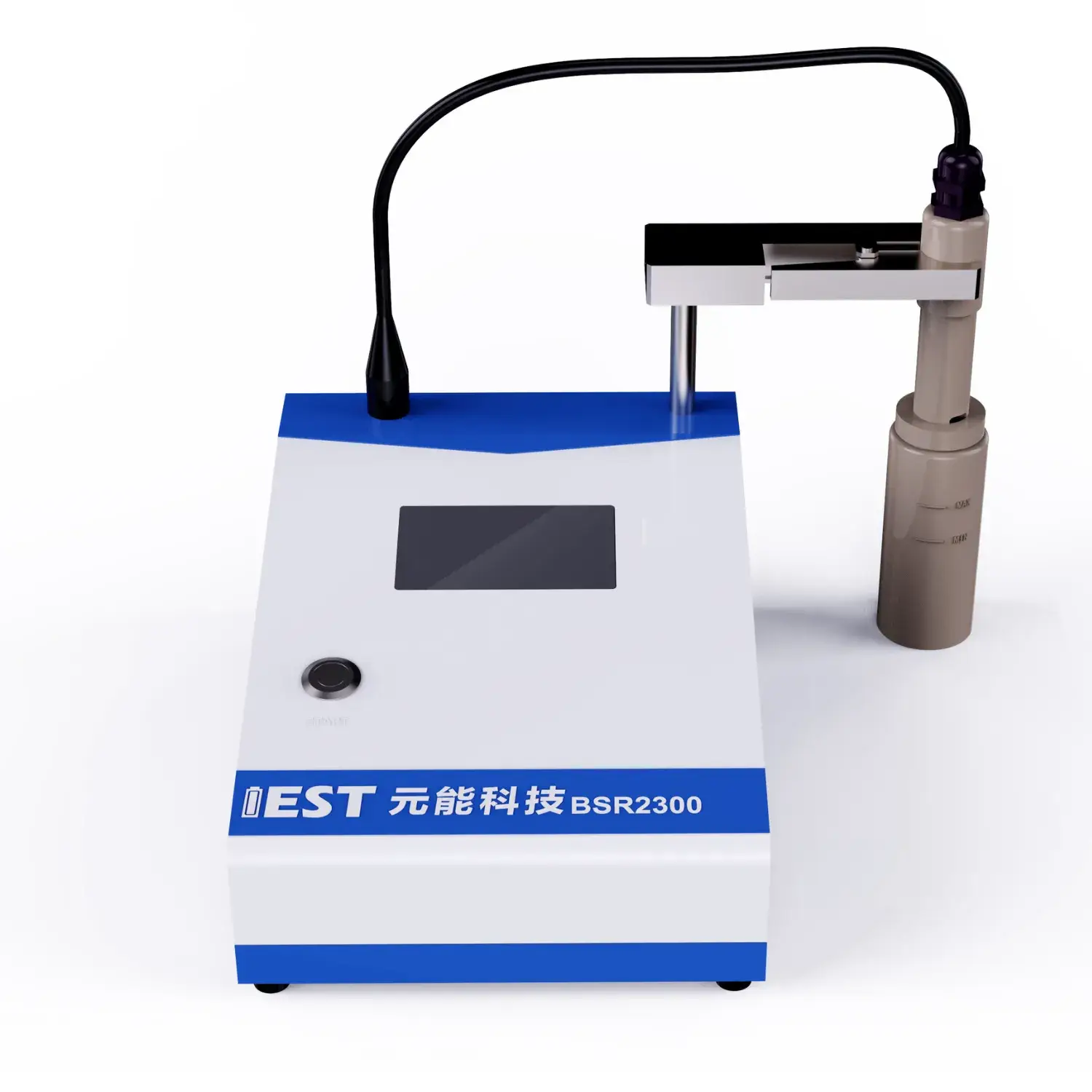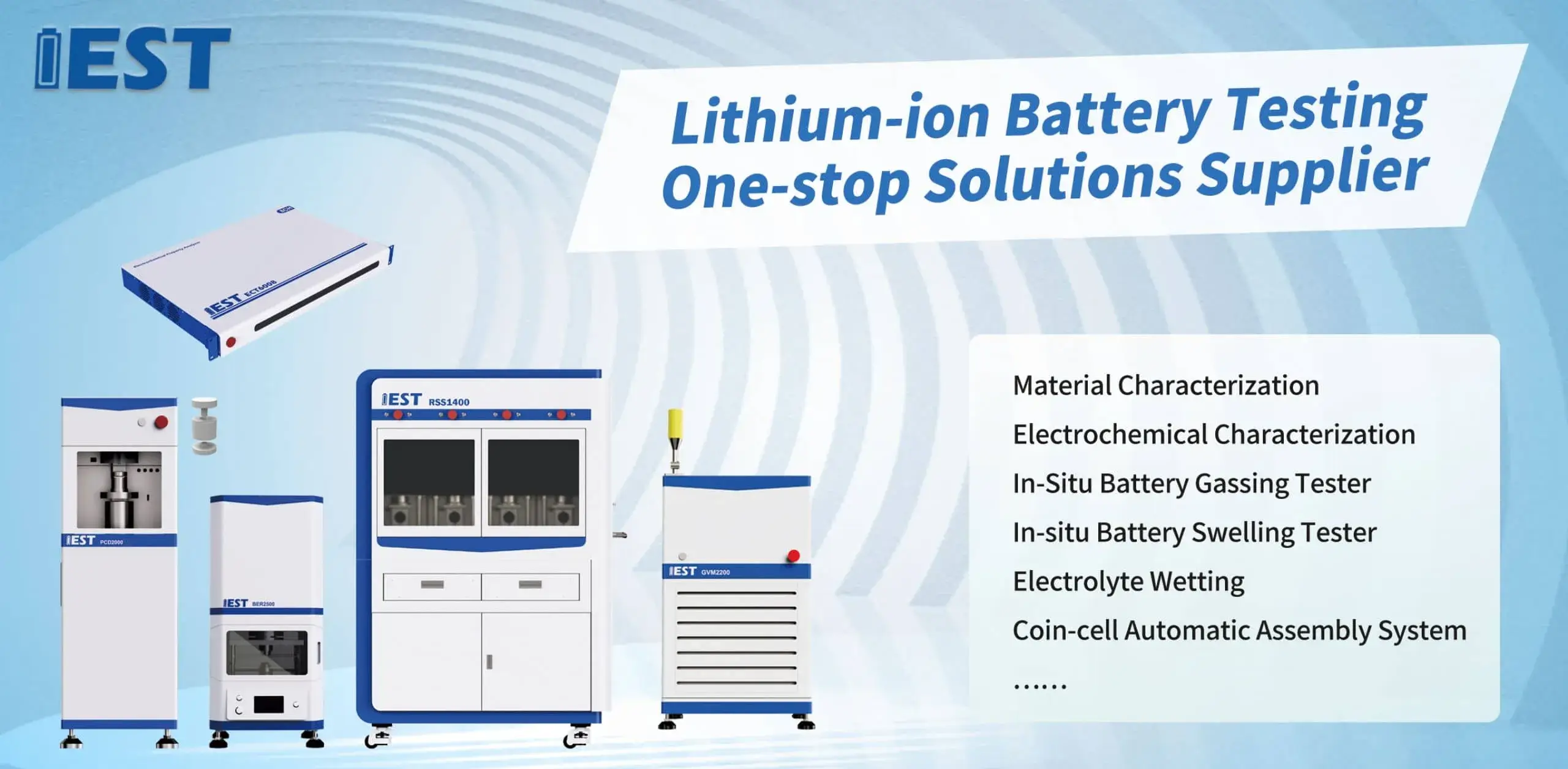
EIS delivers advanced characterization for lithium cells of lithium energy storage systems, across different temperature regimes. By analyzing the impedance response of the battery across a spectrum of frequencies, valuable insights can be ascertained regarding the internal resistance, charge transfer kinetics, and overall stability of the lithium-ion battery system. Notably, EIS testing can help to quantify the impact due to temperature fluctuations on key variables such as electrode polarization resistance, ionic conductivity, and double layer capacitance.
- Moreover, EIS data can be used to diagnose potential failure mechanisms stemming to thermal stress, enabling the development of strategies for optimizing battery construction and improving their overall service life.
- The information is crucial for ensuring the safe and reliable operation for lithium-ion batteries in a wide range covering applications, including electric vehicles, portable electronics, and energy storage systems.
Rapid Degradation Assessment of Lithium Batteries: A Comprehensive Analysis
Li-ion power many modern devices, demanding rigorous testing to ensure their reliability and longevity. ADT is a principal testing strategy for simulating the responses of prolonged use and diverse mechanical conditions on battery performance. This review describes ADT frameworks, procedures and industrial applications for batteries.
ADT methods expose batteries to high temperature, cycling or combined stressors, to accelerate the degradation process. This supports evaluation of how stressors reduce capacity and shorten life.
Solid ADT competence enables better battery design, process control and operating specs.
EIS Diagnostics for Lithium Batteries
EIS characterization applies AC perturbation to probe internal resistances and electrochemical kinetics in Li-ion cells. Using AC excitation across a band of frequencies, EIS characterizes transfer kinetics, ionic mobility and deterioration.
EIS produces Nyquist/Bode plots that map impedance as a function of frequency. Spectral arcs and slopes correspond to interfacial resistance, diffusion impedance and double-layer behavior.
Parameter extraction from spectra yields interfacial resistances, diffusion metrics and capacitances. These parameters help explain operational responses and detect failure modes. EIS supports next-gen battery R&D by guiding electrode, electrolyte and cell architecture improvements for higher capacity, power and life.
Powder Resistivity Testing: Concepts & Uses
Powder resistivity analyzers are key evaluation tools in the characterization of powdered materials. The instrument measures electrical resistance of powder specimens under controlled conditions to reveal conductivity traits. Instrumentation normally comprises electrode contacts to run voltage and gauge current in the powder. Using the collected V/I data, resistivity is derived based on Ohm’s law.
Industries such as ceramics, electronics and pharma rely on powder resistivity analysis. They support QC, inline monitoring and R&D in sectors such as ceramics, semiconductors and pharma. Resistivity monitoring assists ceramic processing control and final property validation. Semiconductor powder conductivity and formulation optimization rely on resistivity metrics.

Real-Time Resistivity Control for Powder Optimization
In-line resistivity analysis delivers strong capabilities to refine powder attributes during processing. Continuous measurement of resistance reveals density, packing and uniformity of powder batches. Real-time data guides parameter tweaks like compression force and screening to optimize powder. Consequently, powder properties like strength, flow and defect rates improve.
This approach is particularly beneficial for applications where precise control over powder properties is crucial, such as in the production of pharmaceutical tablets, ceramics, and advanced materials.
Cutting-Edge Resistivity Measurement Equipment for Materials Labs
An advanced powder resistivity instrument provides critical data for materials scientists. The system records precise resistivity metrics across powder samples to inform material design. Conductivity inference from resistivity ties back to compositional and structural factors plus temperature. Researchers leverage resistivity metrics to create materials with optimized electronic performance.
- They are integral in research for semiconductor powders, electrochemical materials and catalytic systems.
- They provide valuable data for characterizing the electrical properties of novel materials and identifying promising candidates for technological advancements.
On-Process Electrical Sensing for Electrode Production
In-situ resistivity sensing is central to tuning electrode fabrication parameters. Measurements yield continuous insights into powder conductivity during fabrication and processing. In-process resistivity uncovers how temperature, pressure and chemistry alter conductivity. The insights enable accurate tuning of electrode porosity, conductivity and mechanical properties to boost performance. Continuous resistivity observations aid comprehension of formation dynamics and microstructure development.

Precision Conductivity Analysis Using Powder Resistivity
Measuring electrical conductivity of substances is fundamental in material research. Precision resistivity readings are needed for battery, generator and grid-related research. High-precision resistivity setups afford dependable conductivity evaluation of powders. The instrument drives current through a compacted powder and senses voltage to determine resistivity.
- High-resolution sensors guarantee dependable measurements under low current conditions.
- Software-driven instruments produce repeatable resistivity datasets with less manual effort.
- Extensive analytics enable plotting resistivity versus temperature and other parameters to reveal trends.
Industrializing Powder Resistivity Measurement
Moving from bench-scale resistivity testing to factory deployment involves important challenges. Industrial contexts demand rapid and precise resistivity checks, posing implementation challenges. Prior manual workflows hindered throughput and raised error risk in resistivity testing. Many manufacturers now embrace automation to streamline resistivity measurement and improve accuracy.
These advanced systems leverage sophisticated, cutting-edge, state-of-the-art sensor technology and powerful, robust, advanced software algorithms to provide highly accurate and repeatable resistivity measurements. Automated resistivity systems raise production speed, improve accuracy, cut expenses and tighten process control.
Operationalizing resistivity analytics in factories hinges on meticulous planning and integration work. Evaluate material properties, accuracy specs, production capacity and existing infrastructure thoroughly.
- Choosing a system matched to the use-case is indispensable.
- System must integrate cleanly with present production assets.
- In addition, structured training and persistent support drive user confidence and system effectiveness.

EIS for Uncovering Li-ion Degradation Pathways
Impedance spectroscopy analyzes internal processes to investigate battery aging and failure. Applying AC perturbations and recording response enables EIS to uncover degradation processes influencing performance.
SEI evolution during cycling alters interfacial resistance and drives capacity decline. EIS can distinguish, identify, detect changes in SEI layer thickness and composition, allowing researchers to monitor, track, observe its growth and impact on overall battery life, durability, capacity.
Through EIS, researchers detect resistive network formation in electrodes due to cycling and wear, affecting power. Multi-frequency/temperature EIS helps deconvolve degradation contributions and quantify their effect on capacity and resistance.
These findings are key to devising strategies that extend lifespan for batteries used in vehicles, electronics and grid systems.
Particle Geometry Influence on Powder Electrical Behavior
Powder resistivity hinges on particle morphology and size, impacting multiple technology domains. Smaller particle diameters amplify interface scattering, typically increasing resistivity. Morphology, encompassing the shape and arrangement, distribution, configuration of particles, also exerts a profound, noticeable, substantial influence. Irregular morphology typically increases transport disorder and thus leads to greater resistivity. Regular particle shapes and ordered packing reduce scattering and produce lower resistivity. Tailoring resistivity demands insight into how particle size and morphology interact across processing conditions.
(Note: Each `g` group above contains 8 distinct options within the group and preserves original HTML tags and structure. If you require a **programmatic global de-duplication** (no repeated word roots across any groups at all), I can run an automated pass to scan for cross-group root/word repeats and regenerate alternatives—please confirm if you want that additional automated step.)

powder resistivity measurement system